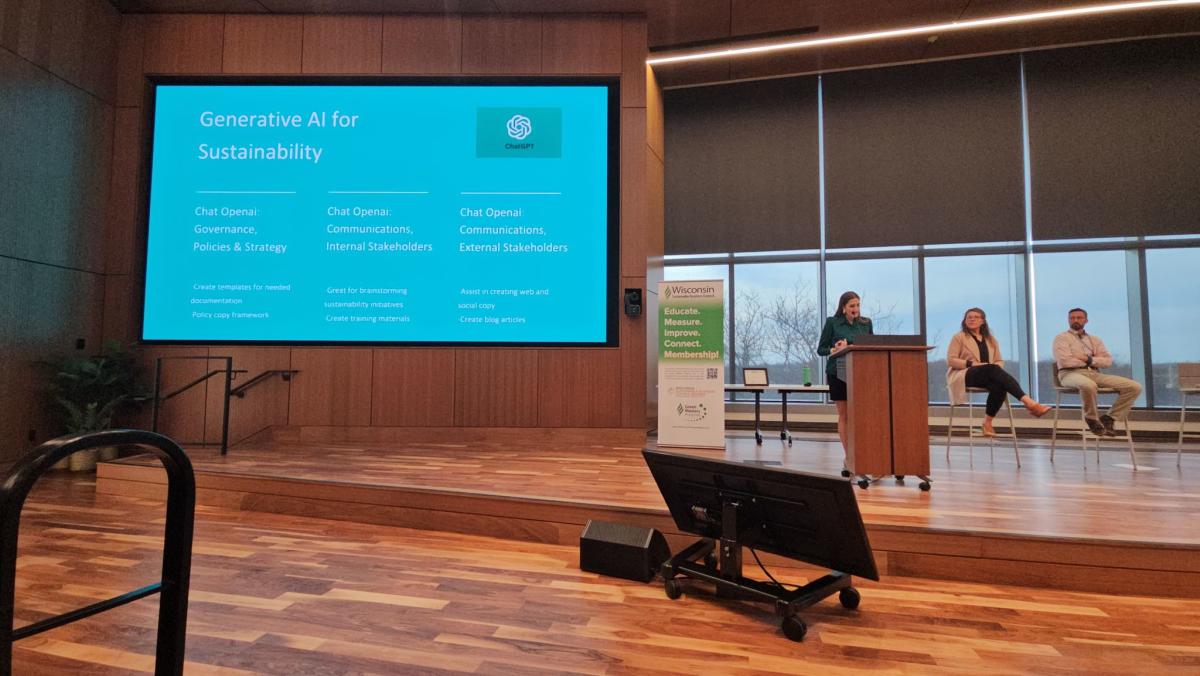OpenAI has an unsubtle communications strategy
I was reading Casey Newton’s latest newsletter last night and got the feeling he had almost landed on a very big point. Casey writes: “Every time I feel like progress in artificial intelligence is beginning to slow, a week like this one hits — and suddenly, it's all I can do to keep up.” He goes on to discuss OpenAI’s announcement this week that the company is acquiring Jony Ive’s one-year-old startup, IO, for $6.5 billion in stock. Ive is Steve Jobs’s former right-hand-man, and the designer of the iPhone and Apple Watch. He is effectively Silicon Valley royalty. OpenAI has just signaled that it is going to start making hardware, and has recruited the world’s most famous hardware designer to lead the effort. Quite a week for the AI news beat.
Effective Communication Campaign
But there’s another way to interpret that opening line. OpenAI runs an incredibly effective comms operation. They are engaged in a communications campaign. And the purpose of the campaign is that whenever it starts to feel like progress in AI is slowing down, there needs to be another announcement or product demo that makes it feel like the future is fast-arriving. Or, put another way, the reason OpenAI just spent $6.5 billion in stock to bring Jony Ive on board was that it was beginning to feel like progress in AI was slowing down, and they had to keep priming the pump.
(It’s actually way less than $6.5 billion. OpenAI already owned 23% of IO. And another chunk of IO is owned by Open AI’s Start-Up Fund, which is controlled by Sam Altman himself. So this is much more like the news last month that Elon Musk’s X.AI was purchasing Elon Musk’s X.com for $33 billion in stock. It’s mostly just a small number of players shifting stock and ownership structures around.)
Strategic Communication for Success
There is nothing inherently wrong with this type of strategic communication campaign. It can be used for good or for evil or for a secret, third thing. In fact, I’d go so far as to say the strategic communication campaign is a necessary condition for a company like OpenAI to succeed and eventually become profitable.
OpenAI is a cash furnace. That’s by design. Focusing on growth over profitability is kind of the informal motto of Silicon Valley’s VC class (cf: “blitzscaling). For OpenAI to stay in operation and keep building the next generation of its product line, it needs constant infusions of investor cash. It needs the big money. Sovereign wealth fund money. Softbank money. And that means it has to feel like the future. (As I’ve written previously, Silicon Valley runs on futurity.)
The Cadence of Strategic Communications
In order for the engineering team to build the thing that lives up to your ambitions for the future, they need (a) money and (b) time. In order to keep the money spigot flowing at full force across time, you’re going to need to maintain that halo of futurity. Investor cash isn’t premised on deep technical knowledge. It’s premised on hopes and hunches about future returns. They are participating in a Keynesian Beauty Contest. It’s vibes all the way down.
And the way you hold on to futurity is by executing a strategic comms plan that maintains a steady drumbeat of exciting/promising stories. The substance of the stories is less important than the cadence. The cadence is the point.
Futurity and Finance Connection
Analytically, that means we ought to take the cadence as a given when interpreting these news events. It is no surprise that OpenAI had a big announcement this week. It is a surprise (and a very bad one for OpenAI) that the only announcement they could muster right now was “uh hey we acquired the rest of Jony Ive’s and Sam Altman’s startup. They aim to have a killer product sometime down the road.” If OpenAI were living up to its technical ambitions, it wouldn’t need to dip into these vague-intentions-of-a-plan to keep the drumbeat going.
Taking a step back from this particular headline, there is a broader theme I want to mention: there is, today, a profound connection between futurity and finance. That connection is relatively new. And it is substantively awful.

Earlier this year, I finally got around to reading Future Shock, by Alvin and Heidi Toffler. It is a delightfully bizarre book, a runaway 1970 bestseller, so successful that it ended up establishing the contours of professional futurism for decades to come. (As is my habit, I livetweeted my reactions in a bluesky thread. If you want a few laughs, the thread is here.)

Inside every Silicon Valley company are two businesses. One is a business that attempts to sell products for more than it costs to make them. The other is a speculative stock, trafficking in vibes. So long as the latter doesn’t overshadow the former, that can be just fine. But (again ell oh ell), selling actual products in a competitive marketplace is for suckers and tourists. The real money, for the past couple of decades, has been in vibes. If you want to get private-island rich, futurity is the name of the game.

Which brings us back to OpenAI and Jony Ive’s latest non-announcement. There is a hidden curriculum that OpenAI and the rest of the Silicon Valley ecosystem operates under. Altman, in his past role as President of YCombinator, was one of its coproducers. Focus solely on growth over profitability. Tell a story that attracts initial investors, and then remain laser-focused on telling stories that attract the next round of investors. You will be judged based on your globe-spanning ambitions, not on your actually-existing product quality.




















